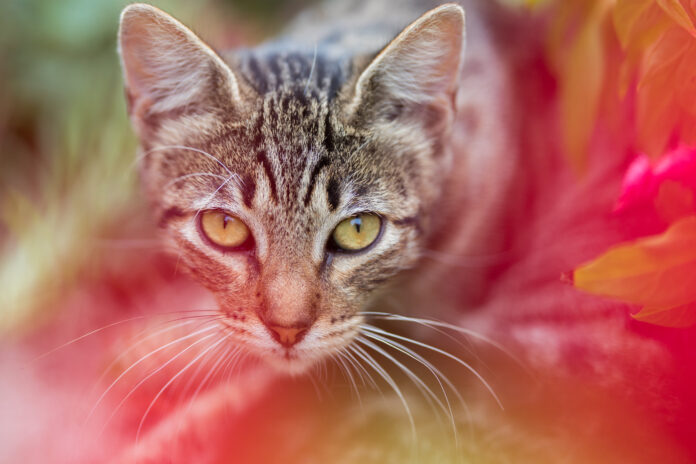Cats are among the most beloved pets in the world, but there’s much more to them than meets the eye. Whether they’re showing off their agility or purring contentedly, these independent animals have captured the hearts of millions.
As of 2023, there are an estimated 373 million pet cats worldwide, with the United States having the highest population at over 58 million domestic cats.Here are 15 things you probably didn’t know about cats that highlight their unique and captivating nature.
Cats Have a Special Language with Humans
Cats have developed specific vocalizations to communicate with humans. Unlike wild cats, domestic cats meow frequently, and each cat may have a distinct set of sounds to express its needs or emotions to its owner.
Purring Is a Healing Mechanism
Cats don’t just purr when they’re happy; they also purr to heal themselves. Studies show that the vibrations from purring (usually between 25-150 Hertz) can help relieve pain, repair bones, and reduce stress, promoting overall recovery.
They Can’t Taste Sweetness
Unlike humans and dogs, cats are unable to taste sweetness. Their taste buds lack the receptors for sweet flavors, likely due to their obligate carnivore nature, which doesn’t require sugary foods in their diet.
Their Whiskers Are Super Sensors
A cat’s whiskers aren’t just for decoration. These tactile hairs, called vibrissae, are highly sensitive to changes in their surroundings, helping cats navigate tight spaces, detect movement, and gauge whether they can fit through small openings.
Cats Can Jump Up to Six Times Their Body Length
Cats are remarkable athletes. They have incredibly strong hind legs, allowing them to jump up to six times their body length in a single leap. This agility comes from their unique musculoskeletal structure, built for hunting and escaping danger.
Their Noses Are as Unique as Human Fingerprints
Every cat’s nose has a unique pattern of ridges and bumps, much like a human fingerprint. This makes each cat’s nose print one of a kind!
Cats Can Make Over 100 Different Sounds
While dogs can make about 10 different sounds, cats can produce more than 100 distinct vocalizations. This wide range allows them to communicate different messages, from hunger to affection to discomfort.
They Spend 70% of Their Lives Sleeping
Cats are true nappers, sleeping an average of 13-16 hours a day. This behavior stems from their ancestors, who conserved energy for hunting. Even domesticated cats maintain this pattern, dozing most of the day away.
Cats Sweat Through Their Paws
Unlike humans, cats don’t have sweat glands distributed all over their bodies. Instead, they sweat through their paw pads. You might notice tiny paw prints on a hot day or when a cat is stressed.
A Group of Cats Is Called a Clowder
While you may know a group of dogs is called a pack, did you know a group of cats is called a “clowder”? Another fun fact: a litter of kittens is sometimes referred to as a “kindle.”
Cats Can Rotate Their Ears 180 Degrees
Cats have incredibly flexible ears, each controlled by 32 muscles that allow them to rotate 180 degrees. This ability helps them detect even the faintest sounds, enhancing their hunting skills.
They’re Lactose Intolerant
Despite the common image of a cat drinking milk, most are lactose intolerant. While kittens can digest their mother’s milk, adult lack the enzymes to properly break down lactose, which can lead to digestive upset.
Cats Use Their Tails for Balance
Cats rely heavily on their tails for balance, especially when navigating narrow spaces or making quick turns. If you’ve ever seen a cat jump from a high surface and land gracefully, its tail likely played a crucial role.
A Cat’s Brain Is 90% Similar to a Human’s
While they may seem aloof at times, cats are much more like us than you might think. The structure of a cat’s brain is about 90% similar to a human brain, particularly in the areas controlling emotions.
Some Cats Are Ambidextrous
Studies show that many of them have a dominant paw. Interestingly, the male ones tend to favor their left paw, while females tend to be right-pawed. However, about 40% of cats are ambidextrous, using both paws equally.
Conclusion
They are not just cute, fluffy companions—they’re also complex creatures with incredible abilities and behaviors. From their healing purrs to their acrobatic leaps, cats continue to amaze and charm their owners. Whether you’re a seasoned cat parent or a newcomer to feline life, these 15 fascinating facts offer a deeper understanding of these mysterious and beloved pets.











